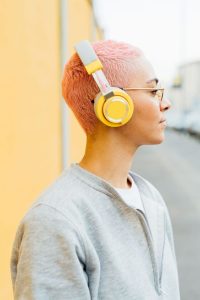About The Jisc AI Team’s program of pilots
The Jisc AI Team aims to accelerate the adoption of artificial intelligence (AI) in education. One of the ways the team is achieving this is by leading a series of pilots, allowing Jisc members to gain direct experience of implementing AI, whilst enabling Jisc’s AI Team to evaluate different AI products. By doing this, the team can share the strengths and promises of various AI products so that Jisc members have a more rounded picture of what AI tools work well, and in which circumstances.
An intro to Anywyse
Based in The Netherlands, Anywyse (the company) have developed an innovative platform (also called Anywyse), which uses generative AI to allow educators to create short podcast-style learning resources, called wysers.
Users input existing learning material (I.e., a page from an online textbook) as a prompt, and the platform converts this material into a podcast, first by creating a transcript and then by transforming this transcript into a podcast.
Anywyse is far more than a text reader, however. The use of generative AI means that text-based material that a user inputs serves as a prompt to the platform, which can then generate new content that can restructure the prompt content, and also bring in new examples and explanations.
Anywyse, the company, are a small start-up based in The Netherlands
The Anywyse pilot – an overview
Through the pilot, the Jisc’s AI Team wanted to understand:
- The extent to which staff and students valued audio-based learning materials
- How AI could be used to enhance the variety and quality of such materials
- Whether Anywyse was an effective and reliable platform, within this context
To gain relevant insights, the pilot was structured so that each participating institution created a unit’s worth of wysers (short podcast-style summaries of a topic), and then distributed these amongst their students. Following these stages, participating staff took part in an evaluation workshop, whilst students completed an online survey.
Kicking off in March 2023, six colleges participated in the pilot: Birmingham Metropolitan College, Bradford College, Coleg Cambria, East Durham College, Gower College Swansea and WQE College. There was significant competition for places on the pilot, and Jisc’s AI Team would like to emphasise the high quality of all those who expressed an interest.
Before creating their resources, participating staff at these colleges were trained on how to use the platform, and given user accounts.
Key findings from evaluation workshops with staff
Perceived benefits of audio-based learning:
- It is useful for learners who have long commutes
- It adds variety in how content can be consumed, which supports engagement
- It allows learners to recap content learned in class
- It can stretch students and aid them in developing as independent learners.
- It can support students who struggle with/dislike reading
- It can be used to introduce learners to a topic before lessons
Perceived limitations of audio-based learning:
- Sometimes visual explanations are also needed
- Less useful in contexts where students need to practise applying knowledge and skills
Anywyse’s strengths:
- The platform was simple and user-friendly
- It was easy to use the platform to create the desired material (and not too much training was required)
- The wysers were structured in a pedagogically effective way (e.g. emphasising/repeating key points, and building concepts up sequentially)
Anywyse’s areas for development:
- Some colleges noted that the voice used in the wysers could be more engaging and that a more diverse range of voices could be offered. Anywyse took on board this feedback and have already diversified and made improvements to how the wysers are voiced.
- It was also noted that the platform could be more flexible in allowing users to edit wysers once they had been created.
Anywyse, the team:
- Anywyse were friendly, quick to respond to queries, and effective in address issues swiftly
- All pilot participants said there was nothing that Anywyse could do to improve its service provision
Perspective on Anywyse pricing model:
- Pilot participants saw Anywyse’s original pricing model, and generally found the product to be too expensive
- This was fed back to Anywyse who have since revised their pricing structure, demonstrating their willingness to listen to the sector and adapt
- You can find out more about Anywyse’s current pricing structure by emailing Julien, their CEO, at julien@anywyse.audio. We recommend that Jisc members review the available tariffs to decide whether they are affordable and could represent good value for money
Wider perspectives on the pilot:
- The pilot enabled participants to learn more about and engage with AI, which was valued given how high-profile advancements in this technology have been
- The process of piloting new resources, and evaluating internally was seen as valuable
- Participants valued the wysers they produced, which they are now free to use with future cohorts
Key findings from student surveys
- The platform was generally seen as intuitive and easy to use:
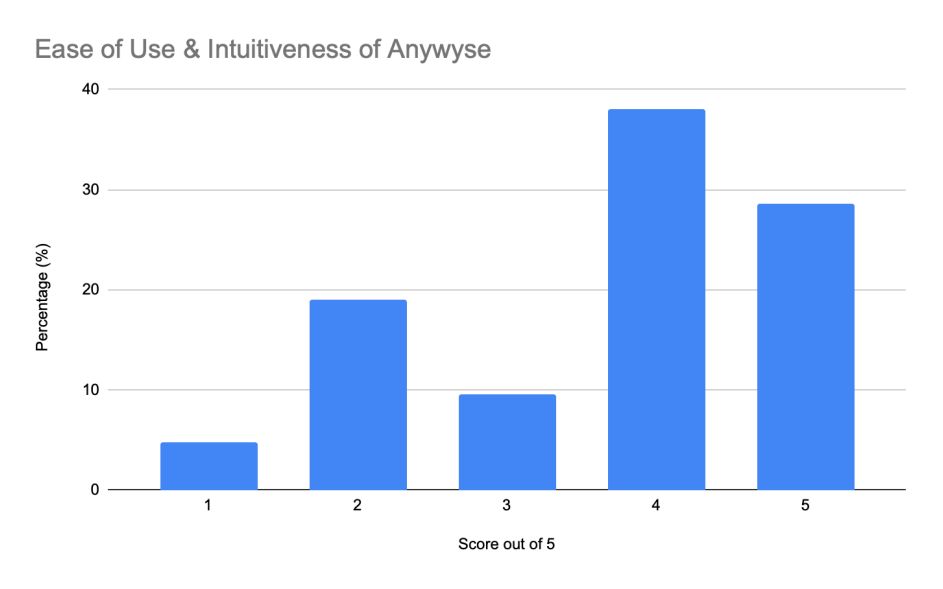
Fig 1 – ease of use and intuitiveness
- Most students thought the content of the wysers was relevant:
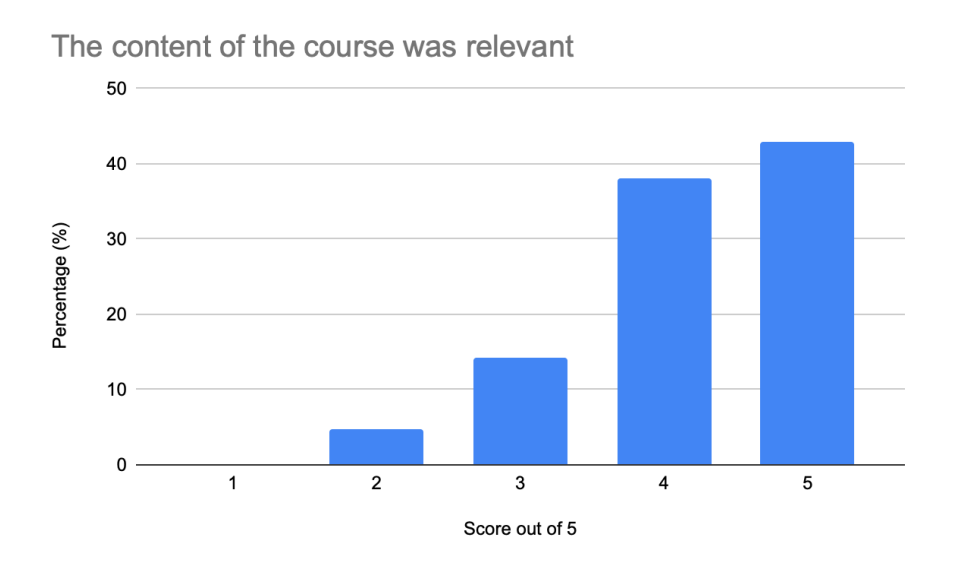
Fig 2 – Relevance of content
- Perspectives on the quality of the voice were more neutral overall
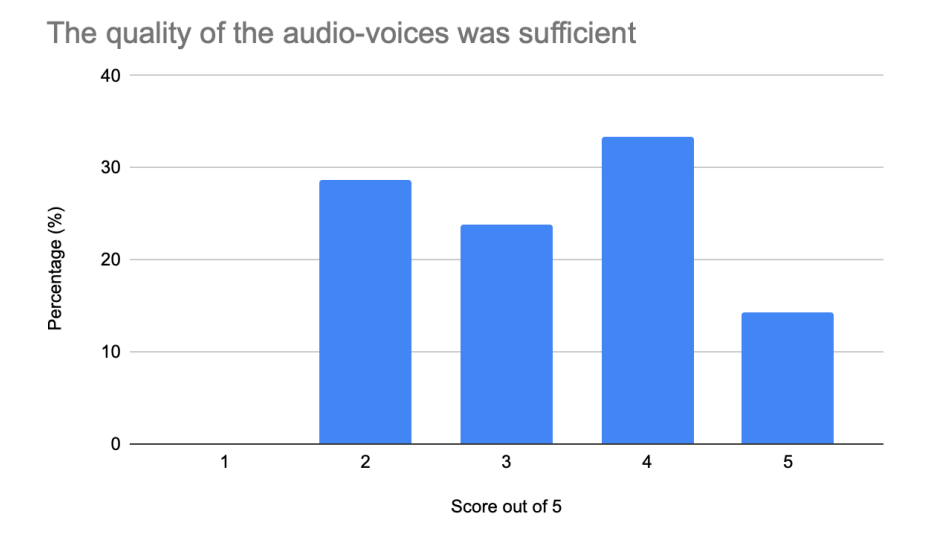
Fig 3 – quality of audio voices
- Opinions were divided on whether Anywyse was worth using again:

Fig 4 – listening to Anywyse material again
- Anywyse was generally rated positively
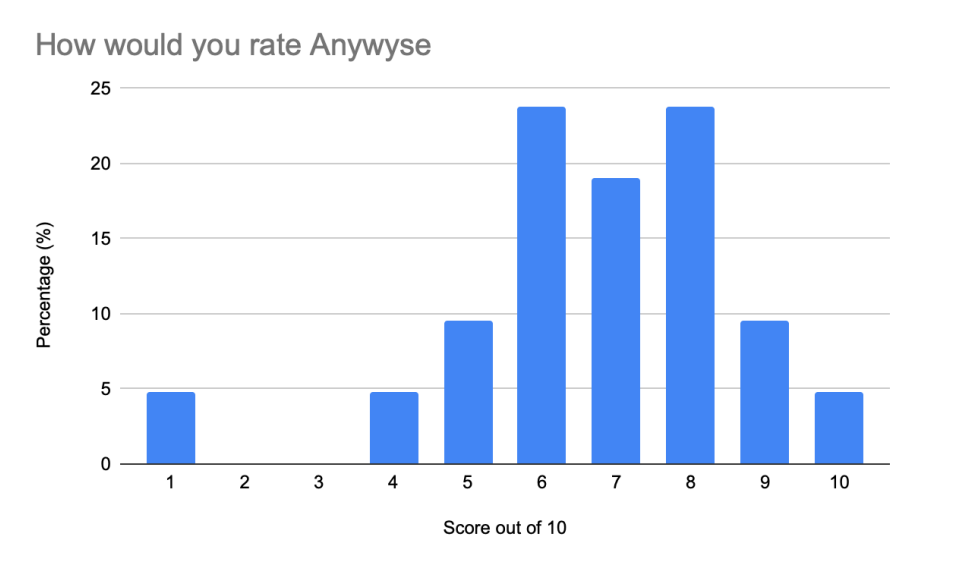
Fig 5 – rating Anywyse
Jisc AI Team’s Recommendations
- Anywyse is a good product provided by an attentive and supportive team
- If your institution values audio-based learning and wants to make this modality more widely available to students, we recommend that you contact Anywyse to find out more. Their CEO, Julien, can be reached at julien@anywyse.audio
- We also recommend that you review Anywyse’s updated pricing structures to establish whether these meet your requirements
Find out more by visiting our Artificial Intelligence page to view publications and resources, join us for events and discover what AI has to offer through our range of interactive online demos.
For regular updates from the team sign up to our mailing list.
Get in touch with the team directly at AI@jisc.ac.uk

